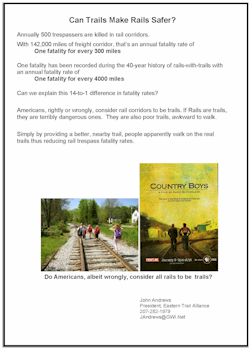Bicycle and Pedestrian Trails in Maine: A Guide to Maine’s MultiUse Connections (Summer 2010)
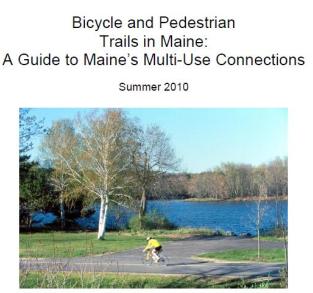 Background: This report provides a listing of Maine Bicycle and Pedestrian Shared Use Trails in Maine, including the Eastern Trail. This report is divided into two sections. The first section lists the bicycle and pedestrian connections that are for nonmotorized uses only. They generally have improved surfaces of either asphalt or stone dust The second section includes Shared Use Paths which also allow ATV’s. All of these trails have been built with partnerships at the local, state, and federal level. They are all open to the public and are built to connect neighborhoods, villages, business areas and towns. This report is meant to be a general outline of bicycle and pedestrian offroad opportunities in Maine.
Background: This report provides a listing of Maine Bicycle and Pedestrian Shared Use Trails in Maine, including the Eastern Trail. This report is divided into two sections. The first section lists the bicycle and pedestrian connections that are for nonmotorized uses only. They generally have improved surfaces of either asphalt or stone dust The second section includes Shared Use Paths which also allow ATV’s. All of these trails have been built with partnerships at the local, state, and federal level. They are all open to the public and are built to connect neighborhoods, villages, business areas and towns. This report is meant to be a general outline of bicycle and pedestrian offroad opportunities in Maine.
Walking and Bicycling Trails:
- Acadia Carriage Roads (Mt Desert Island)
- Androscoggin River Bicycle and Pedestrian Path (Brunswick)
- Auburn Riverwalk (Lewiston, Auburn)
- Beth Condon Pathway (Yarmouth)
- Bethel Pathway (Bethel)
- Collins Pond Pathway (Caribou)
- Calais Waterfront Walkway (Calais)
- Eastern Trail (Kittery, Old Orchard Beach, Scarborough, South Portland)
- Foundry Road Path (Livermore Falls)
- Kennebec River Rail Trail (Augusta, Hallowell, Farmington, Gardiner)
- Lisbon Trails (Lisbon)
- Mountain Division Trail (Windham, Gorham, Standish)
- Mousam Way Bike Path (Sanford)
- Narrow Gauge Pathway (Carrabassett Valley)
- Portland Trails – Back Cove/ Eastern Promenade/Bayside Trails (Portland)
- Presque Isle Bicycle and Pedestrian Walkway (Presque Isle)
- Sipayik Trail (Perry)
- South Portland Greenbelt (South Portland)
- University of Maine Bicycle Path (Old Town, Orono)
- Westbrook River Walk (Westbrook)
Shared Use Paths: Motorized and NonMotorized Use:
- Aroostook Valley Rail Trail (Washburn, Van Buren)
- Down East Sunrise Trail (Ayers Junction to Ellsworth)
- Four Season Adventure Trail (Newport to DoverFoxcroft)
- Greenville Junction to Shirley Mills Rail Trail (Greenville Junction)
- Lagrange Rail Trail (LagrangeMedford)
- PattenSherman MultiUse Trail (Patten)
- Sanford Rail Trail (Sanford)
- Solon/Bingham (Solon to Bingham)
- Southern Bangor and Aroostook Trail (Houlton, Phair Junction)
- St. John Valley Heritage Trail (Fort Kent)
- Turner Bike Path (Turner)
- Whistle Stop Trail (Jay, Farmington)

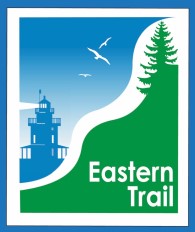
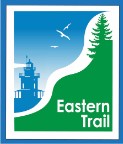








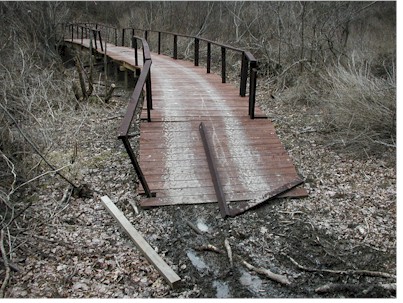
 CAPE ELIZABETH: Bob Bowker pointed at two lighthouses that sat back from the lush vegetation some distance from the park named for them on the Cape Elizabeth peninsula.
CAPE ELIZABETH: Bob Bowker pointed at two lighthouses that sat back from the lush vegetation some distance from the park named for them on the Cape Elizabeth peninsula.